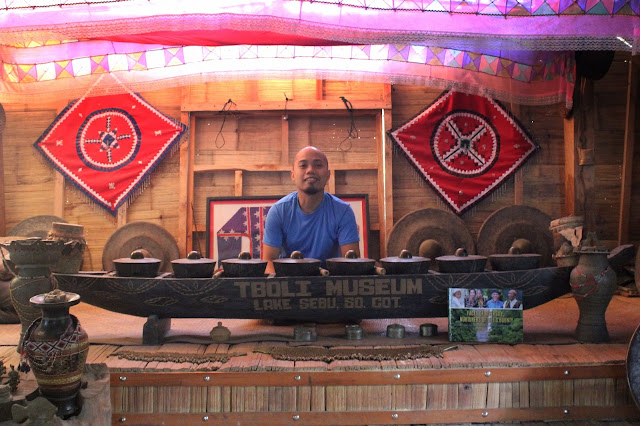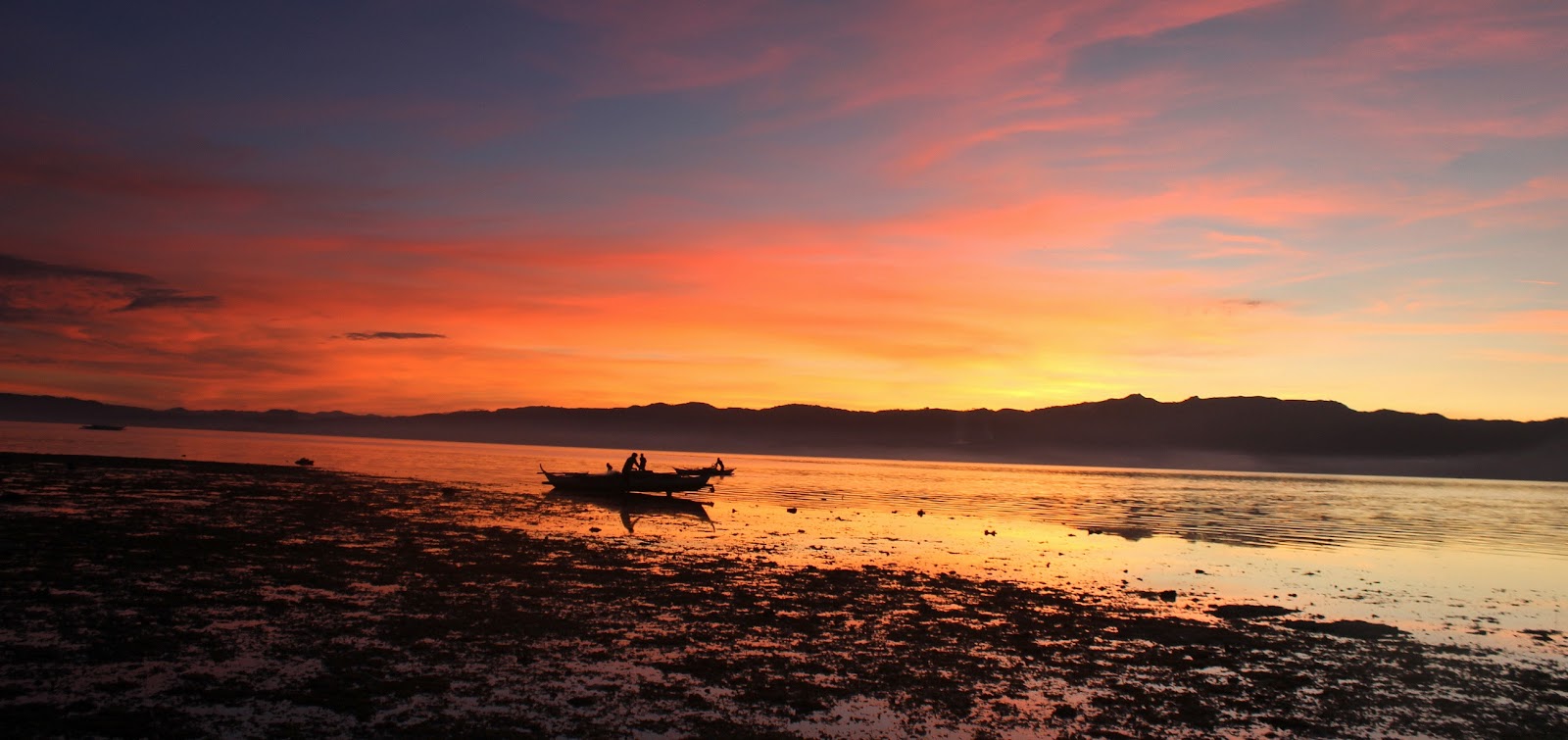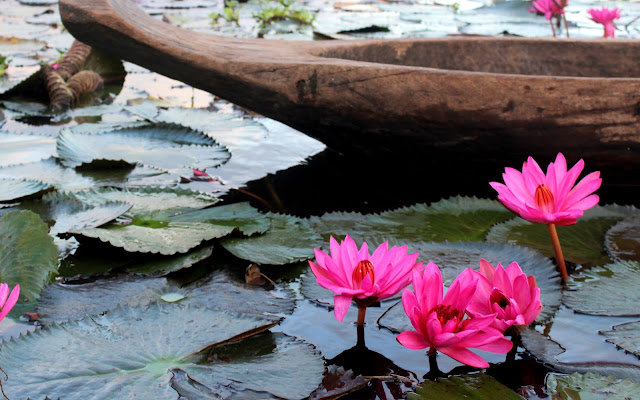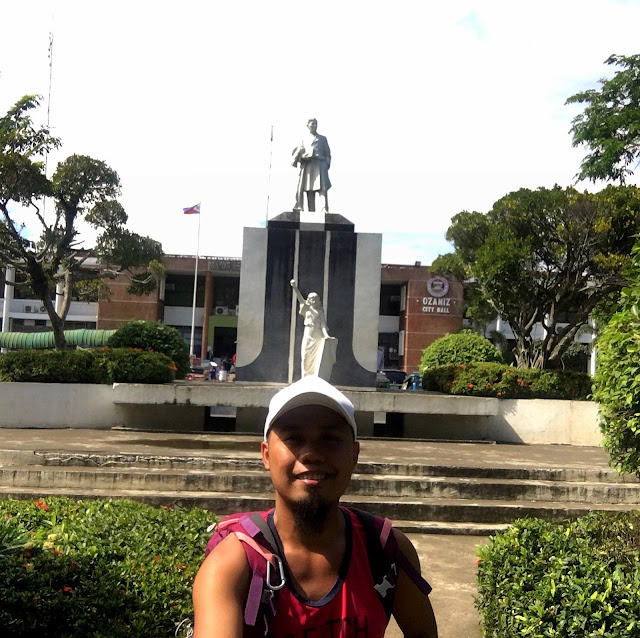
SLT Homestay, Lake Sebu

Lang Dulay, a Filipino weaver from Lake Sebu

A special visit to the house of Lang Dulay in Lake Sebu was epic. She's a former National Living Treasure awardee for the T'nalak weaving which the designs were based on her dream - the reason why she was called the "Dreamweaver." By the way, T'nalak is a traditional hand-woven fabric made from refined abaca fiber. This type of fabric got attention worldwide because it is done through a manual process but the finished product has amazing and unique patterns.
T'Boli Museum

The architecture of this museum is based on traditional houses in Lake Sebu. What's inside are the gongs used for different occasions, outfits made of T'nalak (a hand-woven fabric), accessories and many other antiques that were used by the locals for agriculture. During our visit, the T'Boli Museum was still closed, but Jorie had it opened for us; he knows the caretaker.
Lotus Farm, Lake Sebu
Ozamiz Cathedral

The Ozamiz Cathedral houses the most significant relic and patroness of the city - the Our Lady of Misamis, also known as the Virgin sa Cotta, The Blessed Virgin of Cotta, and Birhen sa Cotta. Originally, the statue of the patroness was set up outside the walls of Fort sa Cotta, but fray Jorge Carcabilla moved it to this church. In 1975, the statue was stolen and was only returned on December 8, 2017. Also, Ozamiz Cathedral is the home of the second largest bamboo organ in the Philippines, after the Las Pinas Bamboo Organ. READ: SOLO-BACKPACKING IN ZamBaSulTa, Region 9, and Misamis Occidental
Fort sa Cotta
Fort sa Cotta is one of the Spanish-built fortresses in the Philippines. The main purpose of this edifice is the same as the function of Fort Santiago in Manila and Fort sa Pedro in Cebu which is to protect the city/town against the attacks of the Moro pirates. This sturdy structure is made up of coral stones, thus, during World War 2, Fort sa Cotta served as a garrison, barracks and storage area for the military. Today, it is one of the most popular historical sites and a landmark in Misamis Occidental and in the entire Northern Mindanao region. During my visit, it was closed due to renovation. READ: SOLO-BACKPACKING IN ZamBaSulTa, Region 9, and Misamis Occidental.
Bukidnon Capitol and Grounds






